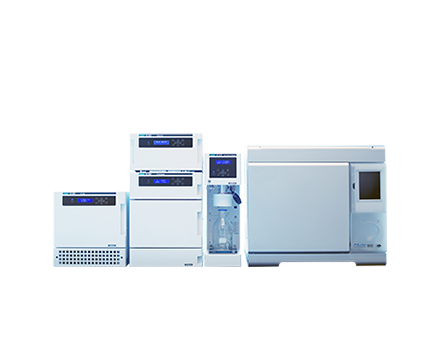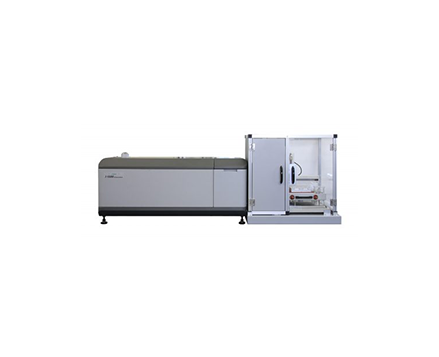Utilization of Semi-prep SFC for Structural Analysis of Chiral Substances by ECD and VCD Spectrometers | POSTER
May 3, 2024
Introduction
The methods of generating enantiomers are classified roughly into asymmetric synthesis, crystallization, enzyme reaction, and optical resolution by chromatography. In particular, normal phase chromatography with chiral stationary phases has been used in various fields such as pharmaceuticals, agrochemicals, natural products, biomolecules, and functional materials because of the cost efficiency. Recently, preparative SFC, which provides faster, higher-separation analysis and easier post-handling of fractions than HPLC, has become as mainstream as an efficient method of producing enantiomers in the drug discovery stage.
Nuclear Magnetic Resonance (NMR), X-Ray Diffraction (XRD), Electronic Circular Dichroism (ECD), Vibrational Circular Dichroism (VCD), and tandem Mass Spectrometry (MS/MS) are used for qualitative analysis and structural analysis of enantiomers of chiral substances. In general, these analyses require a sample amount from 1 to 100 mg. Circular Dichroism (CD) spectroscopy is a useful technique because it doesn’t require a lot of sample and is easy to operate compared to other methods. It is possible to determine the absolute configuration of chiral molecules by comparing the calculated theoretical spectrum and experimental one.
In this presentation, we separated and fractionated enantiomers of chiral substances using semi-preparative SFC and applied the obtained enantiomer samples to spectra measurements by ECD and VCD spectrometers. Furthermore, we determined the absolute configuration of each enantiomer by calculating theoretical ECD and VCD spectra.
Keywords
101023U, Electronic Circular Dichroism (ECD), Vibrational Circular Dichroism (VCD), chiral separation, SFC, HPLC, enantiomer
References
1. N. M. Maier, P. Franco, W. Linder, J. of Chromatography A, 906, 3-33 (2001).
2. L. Miller, J. of Chromatography A, 1250, 250-255 (2012).
3. M. A. Muñoz, M. A. Bucio, P. Joseph-Nathan, Nat Prod Commun, 8 (8), 1075-1078 (2013).
The authors are grateful to prof. M. Uchiyama from the University of Tokyo for the support on the DFT and TD-DFT calculations.


